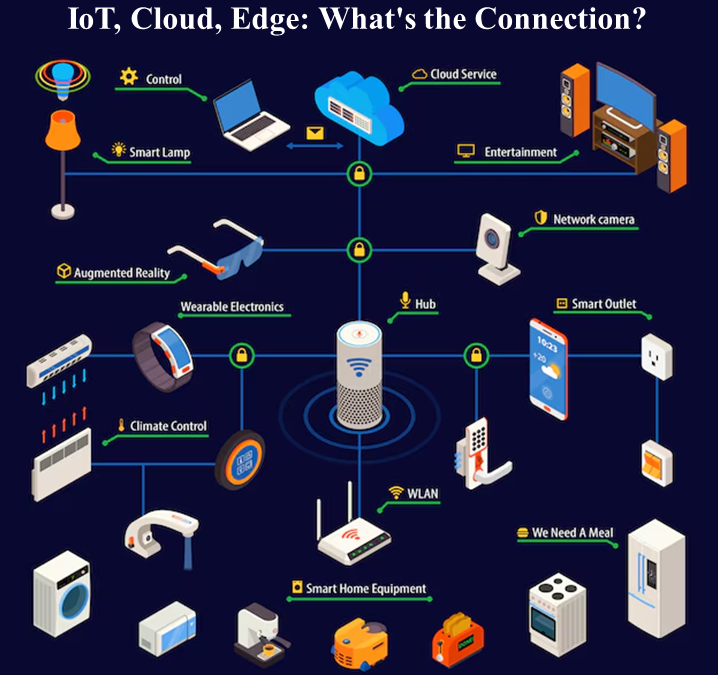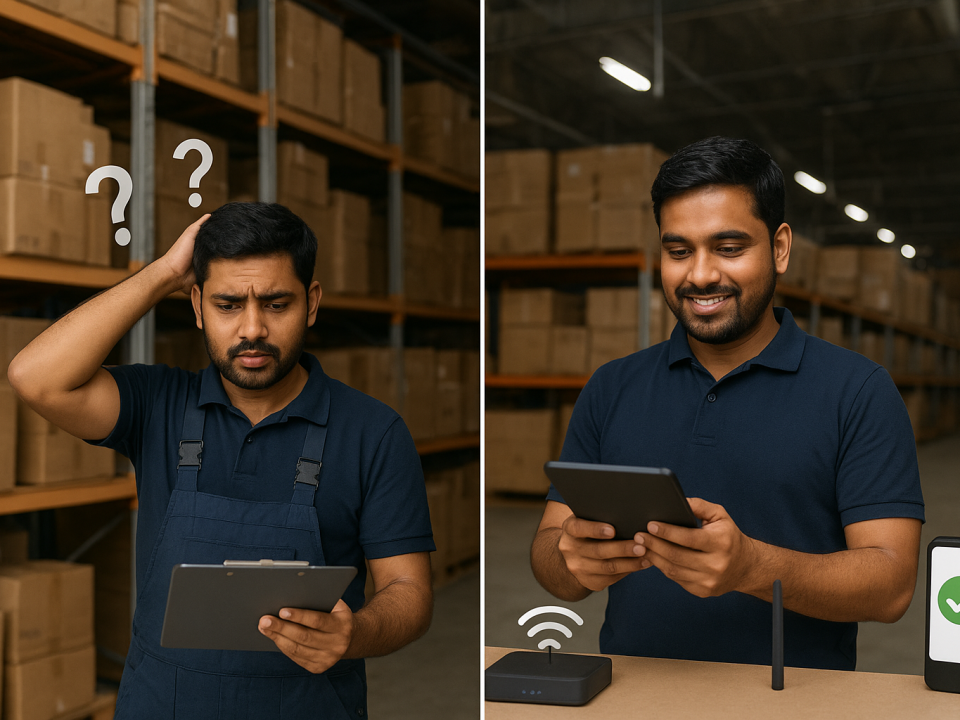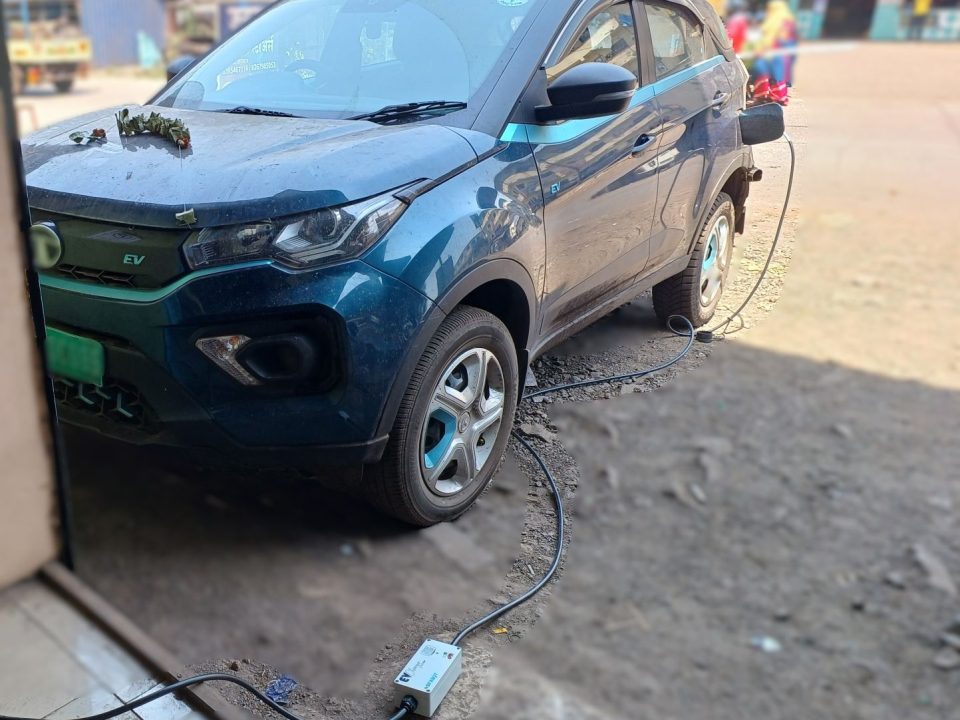What is IoT, Cloud Computing, and Edge Computing? Key Relations and Differences:
In the rapidly evolving landscape of technology, understanding the interplay between Internet of Things (IoT), Cloud Computing, and Edge Computing is crucial. These technologies are pivotal in driving digital transformation across industries, including inventory management solutions like SLIM (Smart Live Inventory Management). This article delves into the definitions, relationships, and differences between IoT, Cloud Computing, and Edge Computing, highlighting their significance in modern tech ecosystems.
Internet of Things (IoT)
The Internet of Things (IoT) refers to a network of interconnected physical devices that collect and exchange data over the internet. These devices, embedded with sensors, software, and other technologies, enable seamless communication and data transfer. IoT devices range from everyday household items like smart thermostats to industrial equipment used in manufacturing and inventory management.
Key Features of IoT:
- Connectivity: IoT devices are connected to the internet, allowing data exchange and remote monitoring.
- Data Collection: Sensors in IoT devices collect data from their environment, such as temperature, humidity, and inventory levels.
- Automation: IoT enables automation of processes, reducing the need for manual intervention and enhancing efficiency.
- Real-Time Insights: Data collected from IoT devices can be analyzed in real-time to provide actionable insights and improve decision-making.
Cloud Computing
Cloud Computing refers to the delivery of computing services—servers, storage, databases, networking, software, analytics, and intelligence—over the internet (the cloud). These services provide flexible resources and economies of scale without the need for large upfront capital investments.
Key Features of Cloud Computing:
- Scalability: Cloud services can be scaled up or down based on demand, ensuring optimal resource utilization.
- Cost-Effective: Cloud computing eliminates the need for physical hardware, reducing operational costs.
- Accessibility: Cloud services can be accessed from anywhere with an internet connection, promoting remote work and collaboration.
- Data Storage and Processing: Cloud platforms offer extensive storage and powerful processing capabilities for large volumes of data.
Edge Computing
Edge Computing brings computation and data storage closer to the location where it is needed, rather than relying on a central data center. This approach reduces latency, improves response times, and decreases bandwidth usage.
Key Features of Edge Computing:
- Proximity: Edge computing processes data near the source, leading to faster response times and reduced latency.
- Efficiency: By processing data locally, edge computing reduces the amount of data transmitted to the cloud, conserving bandwidth.
- Reliability: Edge devices can operate independently from the central cloud, ensuring continuous operation even in case of connectivity issues.
- Real-Time Processing: Critical data is processed in real-time at the edge, enabling immediate decision-making and actions.
Relationships and Differences
While IoT, Cloud Computing, and Edge Computing are distinct concepts, they are interconnected and often used together to create robust technological solutions.
Relationships:
- IoT and Cloud Computing: IoT devices generate vast amounts of data that can be stored and analyzed in the cloud. Cloud computing provides the infrastructure to handle this data, enabling advanced analytics, machine learning, and data storage.
- IoT and Edge Computing: Edge computing complements IoT by processing data locally on IoT devices or nearby edge servers. This reduces latency and allows for real-time analytics and decision-making.
- Cloud and Edge Computing: Cloud computing offers centralized resources, while edge computing provides localized processing. Together, they create a hybrid approach where critical data is processed at the edge, and less time-sensitive data is sent to the cloud for deeper analysis and storage.
Differences:
- Latency: Edge computing has lower latency compared to cloud computing, as data is processed closer to the source.
- Scalability: Cloud computing offers greater scalability due to its vast infrastructure, while edge computing is limited by local resources.
- Data Processing Location: Cloud computing processes data in centralized data centers, whereas edge computing processes data locally or at the network edge.
- Use Cases: Cloud computing is ideal for big data analysis, machine learning, and long-term storage, while edge computing is suited for real-time processing and applications requiring immediate responses.
Conclusion
Understanding IoT, Cloud Computing, and Edge Computing, along with their interrelations and distinctions, is essential for leveraging these technologies effectively. In the context of SLIM (Smart Live Inventory Management), these technologies work in tandem to provide real-time inventory data, reduce human error, and enhance operational efficiency. By integrating sensors into inventory storage devices and utilizing a combination of cloud and edge computing, SLIM ensures accurate and timely inventory management, catering to the dynamic needs of modern businesses.




